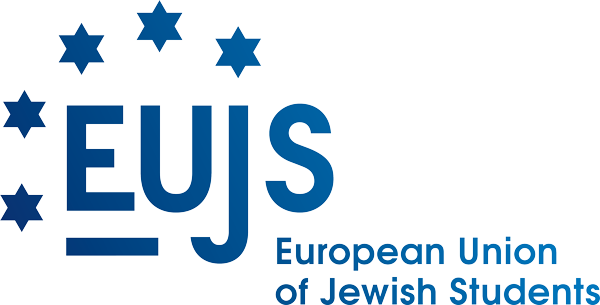On December 9, AGBU Europe in partnership with the House of European History in Brussels (HEH) hosted a webinar on Norwegian explorer, diplomat, humanitarian and 1922 Nobel Peace Prize Laureate Fridtjof Nansen.
Moderated by Olaf Glöckner, Senior Researcher at the Moses Mendelssohn Centre for European-Jewish Studies at Potsdam University, the lecture was presented by Roy Knocke, historian and newly appointed director of the Lepsiushaus in Potsdam.
The presentations sought to address the legacy of Fridtjof Nansen, a lifelong advocate of the Armenian people but also a central figure in tackling the refugee crisis after WW1 and the collapse of the vast multi-ethnic Austro-Hungarian, Russian and Ottoman empires, during which an estimated 3 million people were left stateless. Quoting political philosopher Hannah Arendt, Knocke introduced his presentation by specifying that the calamity of the stateless refugees was not that “they are deprived of life, liberty, and the pursuit of happiness, or of equality before the law and freedom of opinion […] but that they no longer belong to any community whatsoever. Their plight is not that they are not equal before the law, but that no law exists for them”.
Divided into four parts, Knocke’s presentation examined first Nansen’s early work as an arctic explorer, scientist and diplomat as well as his first engagement as a humanitarian in Norway. The lecture went on to describe Nansen’s activities for the League of Nations in the 1920s, including the repatriation of nearly 430.000 prisoners of war, the creation of the Nansen passport issued to about 450.000 stateless refugees, his contribution to the population exchange policy after the Greco-Turkish war and finally his efforts in planning the resettlement of 200.000 Armenian refugees after the genocide.
If Nansen was convinced, as Knocke highlighted, that “charity is Realpolitik”, his plan for the resettlement of Armenian refugees in the Caucasus could not find any funding and was eventually abandoned. (Yet he managed to settle 10.000 Armenians in Yerevan and 40.000 in Lebanon).
Noting Nansen’s disillusion in the last years of his life, Knocke quoted a passage of Nansen’s book “Armenia and the Near East” published in 1928, where he described the full force of Realpolitik regarding the Armenians. “We have seen that the Western Powers of Europe and the United States of America have given words, and nothing else, by way of fulfilling the promises to the Armenian people which they had made with such solemnity when they needed support in war”. […] But the Armenian people have never abandoned hope; they have gone on bravely working, and waiting…waiting year after year. They are waiting still”.
Knocke’s presentation was followed by a Q&A session with an interested and responsive audience, including scholars and university students, members of NGOs, representatives of the European Commission and institutions as well as members of the Armenian, Jewish and Roma communities in Europe.
This webinar also concluded the European Remembrance project led by AGBU Europe since 2020. Entitled “Ideas & their Consequences: Genocide and International Justice after 1919″, it was carried out in partnership with the Lepsiushaus in Potsdam, EUJS and Phiren Amenca, with the support of the Europe for Citizens Programme of the European Union.
To watch the live stream of the event, please click HERE.
To learn more about the project, please visit: https://www.genocideandjusticeafter1919.com/






















